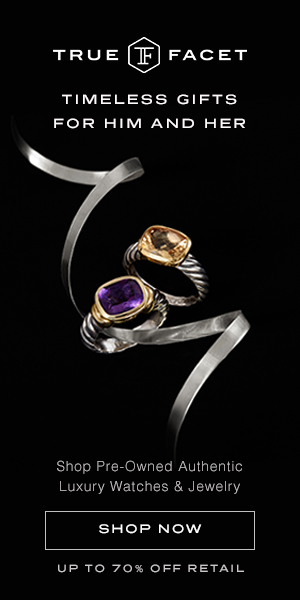Watch and Jewelry Trade-In: Myths and Realities
Trading in your watch is a common practice among seasoned collectors who want to edit and upgrade their current watch collection. And trading-in has caught on with more and more jewelry collectors who want their bauble wardrobe to evolve with their personal style.
So what is a trade-in?
Trading in an item is an efficient way to make room for a new addition to your collection by unloading an unwanted watch or piece of jewelry and using it to subsidize the cost of your purchase. Unlike consignment, which earns you cash, with a trade-in, you earn store credit to that particular jeweler. The benefit of a trade-in over consignment is that you can use the store credit nearly immediately and don’t have to wait around for your item to sell.
The trade-in process is pretty straight-forward: you submit your jewelry or watch for evaluation. The jeweler will then offer you an amount in store credit which you can accept or decline. Once you accept and turn over the item, you can apply the credit to your next purchase.
If you’re new to trading-in your watch or jewelry, here are some common myths—and the truth behind them—to help you understand the trade-in process.
MYTH: You only make money after your item sells.
MYTH BUSTER: This is a common misunderstanding and is ultimately the key difference between a trade-in and a consignment program. If you consign your item, you are paid out a small portion of the resale value after your piece sells.
And therein lies the benefit of a trade-in versus a consignment. Trading-in your watch or jewelry allows you to earn store credit instantly, without the item having to sell first.
MYTH: The trade-in value is equal to the resale value.
MYTH BUSTER: When you sell or trade-in your item to a jeweler or third party retailer, they are effectively assuming the responsibility (and risk) of having to sell your item. If that jeweler cannot find a buyer, they lose out on the sunk cost of acquiring the piece in the first place. Therefore, jewelers will resell your watch or jewelry for more than they paid out to you; these businesses rely on that margin to keep their doors open.
With a trade-in specifically, the jeweler is on the hook for the store credit they are issuing to you and, should you apply that credit to a purchase, they may lose out on an item from their inventory that could have sold for full price. Therefore, the trade-in value is not equal to the resale value.
MYTH: You can always get your traded-in item back from the jeweler.
MYTH BUSTER: This is actually half-true. You will always receive an offer price—which you can accept or reject—before you release your trade-in item. But, once you agree to the offer price and turn your watch or jewelry over for a trade-in, you cannot ask for it back.
To learn more about TrueFacet’s own trade-in program, visit here or e-mail us at support@truefacet.com and our concierge associates can answer any of your questions.







